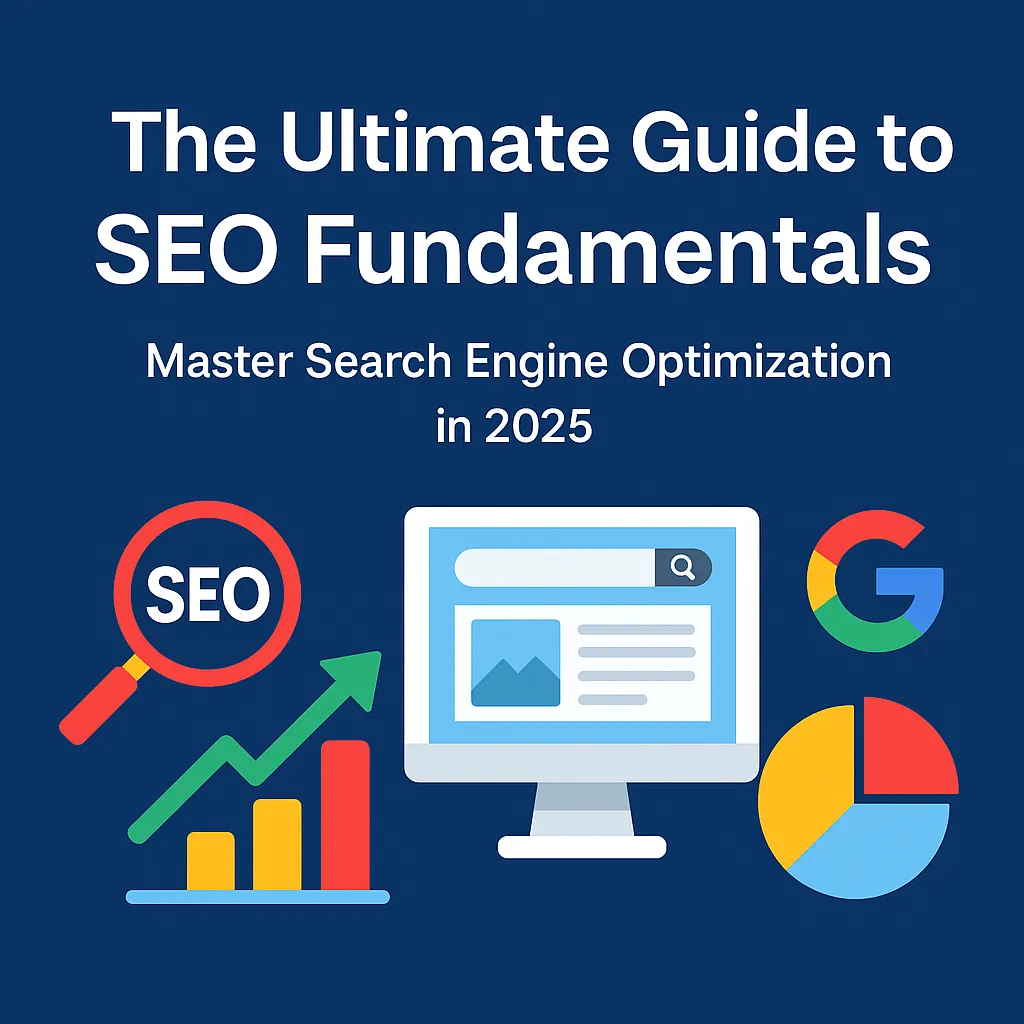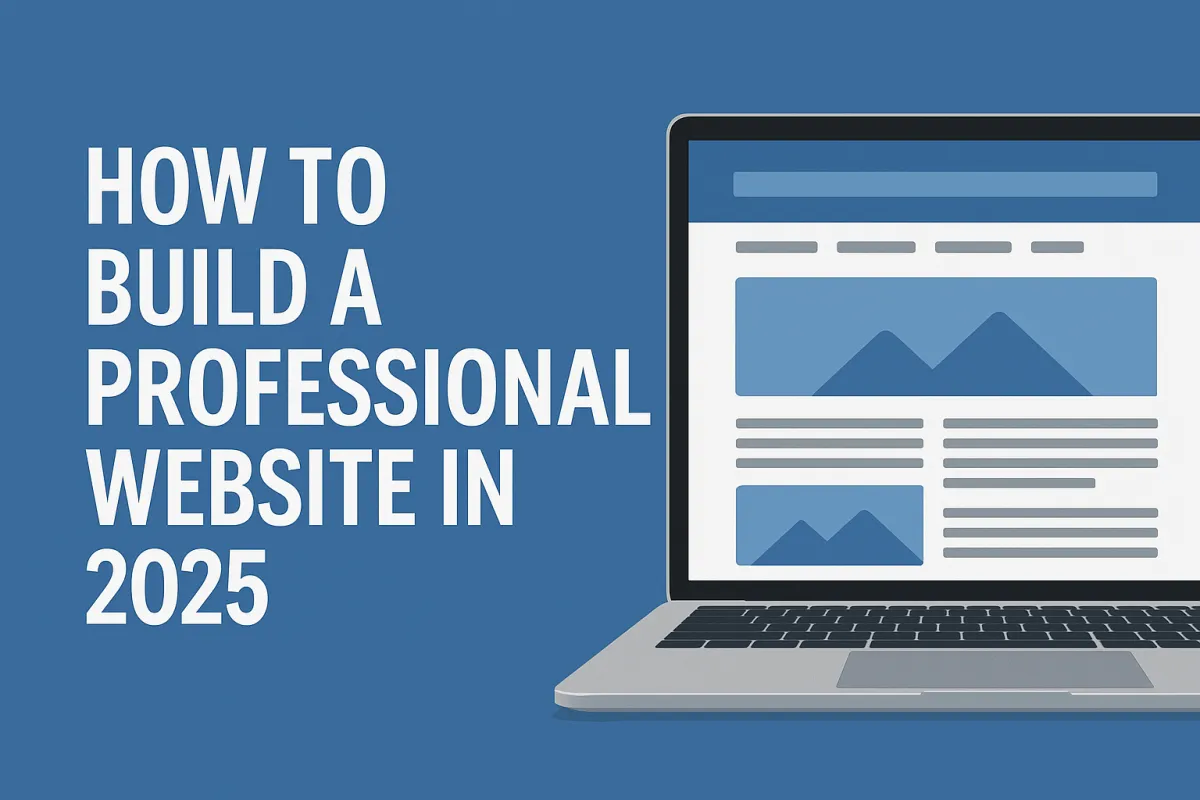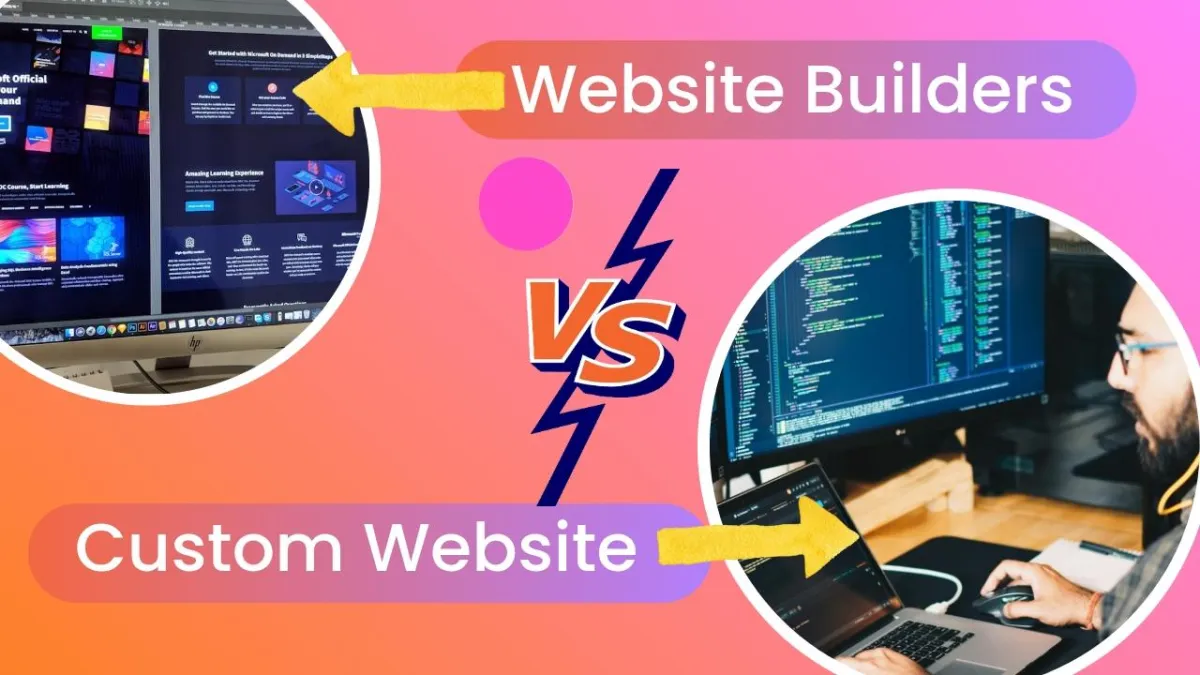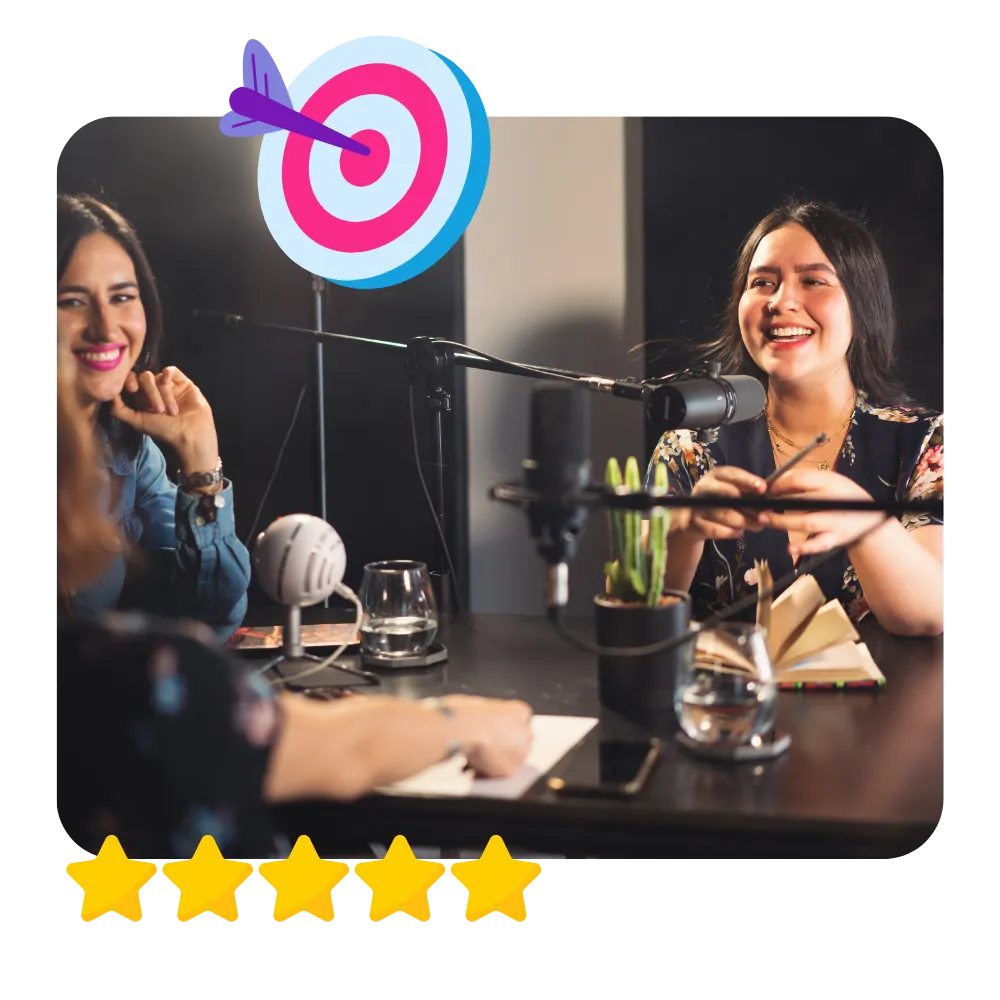
Website-Expense or Investment?
Is Your Website an Expense or an Investment? How to Turn It Into a Customer-Generating Machine?
Introduction
You invested in a professional website for your business. It looks great, loads fast, and showcases your products or services. But there’s a problem—you’re not getting any customers. No calls, no inquiries, no increase in sales.
At this point, you might be wondering:
“Did I just waste money on a website that doesn’t work?”
You’re not alone. Many small business owners assume that once a website is live, customers will start flooding in. But the reality is, a website is only as effective as the strategy behind it. If it’s not optimized for search engines and conversions, it’s just sitting there—not working for you.
The good news? Your website is not an expense. It’s an investment—if you know how to make it work. In this blog, we’ll cover why your website isn’t bringing in customers, how to fix it, and how SEO (Search Engine Optimization) can turn your site into a lead-generating machine.
Why a Website Alone Won’t Bring Customers
Think of your website like a storefront in a hidden alley. It might look amazing, but if no one knows where it is, they’ll never visit. The same applies online—if your site isn’t optimized to rank on Google and convert visitors into customers, it won’t generate business.
Common Reasons Your Website Isn’t Getting Customers:
❌ You’re Not Showing Up on Google – If your website isn’t ranking on page one, people won’t find you.
❌ Your Website Lacks Clear Calls to Action (CTA) – If visitors don’t know what to do next, they’ll leave.
❌ It’s Not Optimized for Local Searches – If you’re a local business, Google needs to know where you are.
❌ Your Site Isn’t Mobile-Friendly – More than 50% of website traffic comes from mobile devices.
❌ You Have No Fresh Content – A static website without updates won’t help build trust or authority.
💡 Solution: The key to getting customers from your website is SEO, content marketing, and conversion optimization.
How to Turn Your Website Into a Customer-Generating Machine
1. SEO: Making Your Website Visible on Google
SEO (Search Engine Optimization) is how your website gets found by the right people at the right time. When someone searches for a service you offer, you want your website to show up before your competitors.
Steps to Improve Your Website’s SEO:
🔹 Find the Right Keywords – Use free tools like GoogleKeywordPlanner or Ubersuggest to see what your potential customers are searching for.
🔹 Optimize Your Website Content – Include keywords naturally in your page titles, headings, and content.
🔹 Claim Your Google Business Profile – This helps you rank in local searches and Google Maps (Claimithere).
🔹 Use Internal & External Links – Link to your other pages and trusted sources to improve credibility.
🔹 Create Valuable Blog Content – Writing helpful, SEO-optimized blog posts attracts visitors naturally.
💡 SEO Fact: 75% of people never scroll past the first page of Google. If you’re not ranking, you’re losing business.
2. Local SEO: Getting Found in Your City or Region
If you’re a local business, showing up in Google’s Local Pack (top 3 map results) is a game changer.
How to Improve Your Local SEO:
✅ Optimize Your Google Business Profile – Ensure your business name, address, and phone number are accurate.
✅ Get More Customer Reviews – The more 5-star reviews you have, the higher Google ranks you.
✅ Use Local Keywords – Instead of “coffee shop,” try “best coffee shop in Chicago.”
✅ Get Listed in Online Directories – Platforms like Yelp, YellowPages, and BingPlaces can boost visibility.
✅ Add a Location Page – If you serve multiple areas, create city-specific pages on your website.
💡 Local SEO Stat: 46% of all Google searches are looking for local businesses. If you don’t optimize for local search, your competitors will.
3. Website Conversion Optimization: Turning Visitors into Customers
Getting visitors to your website is only half the battle. If they don’t take action, your website isn’t working.
How to Increase Website Conversions:
🔹 Use Clear Calls to Action (CTA) – Every page should have a “Call Now,” “Get a Free Quote,” or “Book a Consultation” button.
🔹 Make It Mobile-Friendly – Over 50% of web traffic comes from smartphones. Your site should be easy to navigate on mobile.
🔹 Speed Matters – A slow-loading website loses 40% of visitors. Test yours with GooglePageSpeedInsights.
🔹 Add Social Proof – Display testimonials, awards, certifications, and media mentions to build trust.
🔹 Live Chat or Easy Contact Forms – Make it effortless for customers to reach you.
💡 Conversion Tip: A simple, well-structured website converts better than a flashy one with no clear action.
FAQs: How to Turn Your Website Into an Investment
❓ How long does it take to see results from SEO?
💡 SEO is a long-term strategy. Most businesses see results within 3-6 months.
❓ Is SEO better than paid ads?
💡 SEO brings free, long-term traffic, while paid ads provide instant visibility—using both together is best.
❓ What’s the best way to track my website’s success?
💡 Use Google Analytics and Google Search Console to track your website’s traffic, rankings, and conversions.
❓ How much should I invest in SEO and marketing?
💡 Most small businesses invest $500-$2,000 per month on SEO and digital marketing, depending on their goals.
Conclusion: Your Website is an Asset—Make It Work for You
Your website shouldn’t be an expense—it should be an asset that generates leads and sales. If your website isn’t bringing in customers, it’s time to optimize it for search engines and conversions.
🚀 Want to turn your website into a customer-generating machine?
👉 Book a free SEO audit with us today!
💡 Next in our blog series: Stay tuned for our next post, where we’ll cover “How to Use Content Marketing to Drive More Traffic and Leads to Your Website.”






